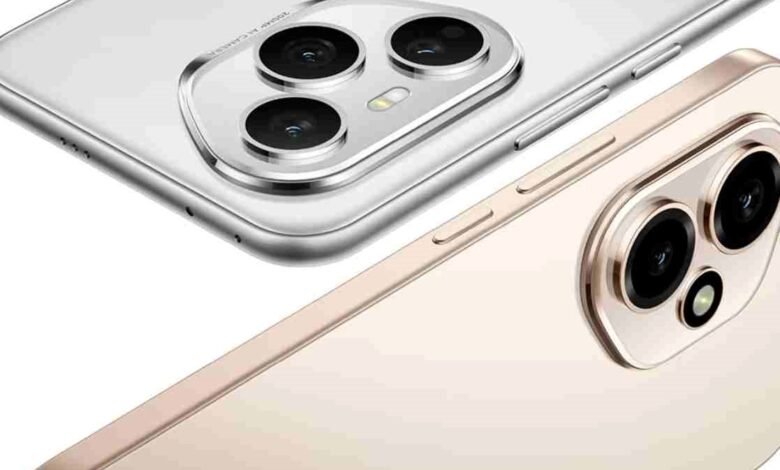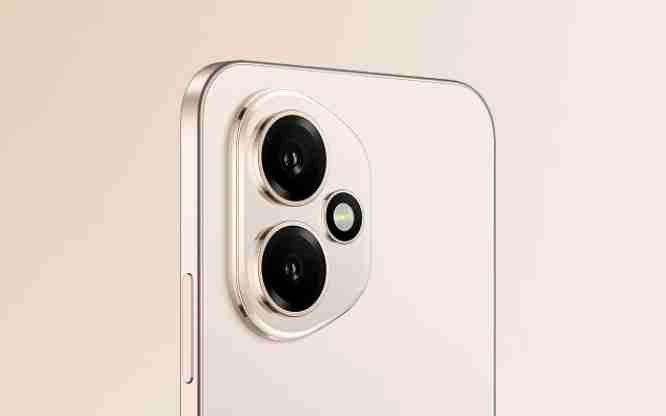What are the Top Misconceptions About Smartphone Specs?

Many users choose smartphones based on headline specs—more megapixels, more RAM, bigger numbers. But those numbers don’t always tell the full story. Misunderstanding specs like the HONOR 400 can lead to overspending or buying a phone that doesn’t meet your actual needs. This article clears up some of the most common myths about smartphone specifications, helping you make better, more informed choices.
Not All Specs Mean What You Think
Smartphone manufacturers often highlight big numbers in their marketing. But not every large figure translates to better real-world performance. To avoid being misled, it’s important to know what truly matters and what doesn’t.
More Megapixels Don’t Always Mean Better Photos
Many people believe that a higher megapixel count automatically equals better image quality. It doesn’t. Megapixels refer only to the resolution—how many pixels are in the photo—not the quality of the image. A 12MP camera with a large sensor and good image processing can easily outperform a 64MP camera with poor software and a small sensor. Image quality depends more on factors like sensor size, lens quality, aperture, and software optimization. Low-light performance, color accuracy, and dynamic range often matter more than raw pixel count. If you want great photos, focus on the camera system as a whole—not just the megapixel number.
Higher RAM Doesn’t Guarantee Speed
Another common assumption is that more RAM always makes a phone faster. While RAM helps with multitasking and running apps smoothly, it’s not the only factor in performance. The type of RAM, the speed of the processor, and software optimization all play a role. A phone with 6GB of well-managed RAM and clean software may run more efficiently than a phone with 12GB of RAM but poor background management. RAM helps when switching between apps or keeping multiple apps open, but beyond a certain point, extra RAM makes little noticeable difference for casual users.
Battery Capacity Isn’t the Whole Story
Buyers often compare battery sizes—measured in milliamp-hours (mAh)—and assume bigger is better. But real battery life depends on more than just capacity. Screen size, brightness, refresh rate, processor efficiency, and software behavior all impact how long a charge lasts. For example, a phone with a 4500mAh battery and aggressive power management may last longer than one with a 5000mAh battery and inefficient software. Battery life is about balance, not just size. Features like adaptive brightness and background task control often play a bigger role than raw numbers.
Specs That Deserve a Closer Look
Instead of chasing high numbers, smart buyers look deeper into the specs that actually impact daily experience. Some features matter more than they seem—especially when paired with good optimization. 4K displays sound impressive, but they rarely improve the viewing experience on a phone-sized screen. Higher resolution drains the battery faster and puts more strain on the processor. Full HD+ screens often provide excellent clarity while preserving performance and efficiency. What matters more is screen brightness, color accuracy, and refresh rate. A bright, color-rich display with a 120Hz refresh rate offers a smoother, more enjoyable experience than a high-resolution screen that struggles in sunlight or drains power quickly. Processor marketing often creates confusion. Many users look for the highest model number without understanding what it means. But even within the same brand, performance can vary widely. A new mid-range processor might outperform an older flagship one in real-world usage. Thermal management, software support, and GPU power also affect performance. Benchmarks don’t always reflect everyday use. Instead of chasing the latest name, focus on how the phone performs in the tasks you actually care about—gaming, video, browsing, or multitasking.

Conclusion
Specs alone don’t define a good smartphone. Numbers can be misleading, especially when taken out of context or used as the sole reason for a purchase. Understanding how specs work together helps users choose phones that suit their actual needs—not just their expectations. Smartphone performance depends on balance. A phone with moderate numbers but smart software and thoughtful design may outperform one loaded with flashy specs. Instead of chasing the highest figures, focus on real-world use: how the phone feels, how long it lasts, and how well it handles your daily tasks. Avoid the hype. Look beyond the marketing, question what the specs actually mean, and choose based on performance that matters—not numbers that impress.






